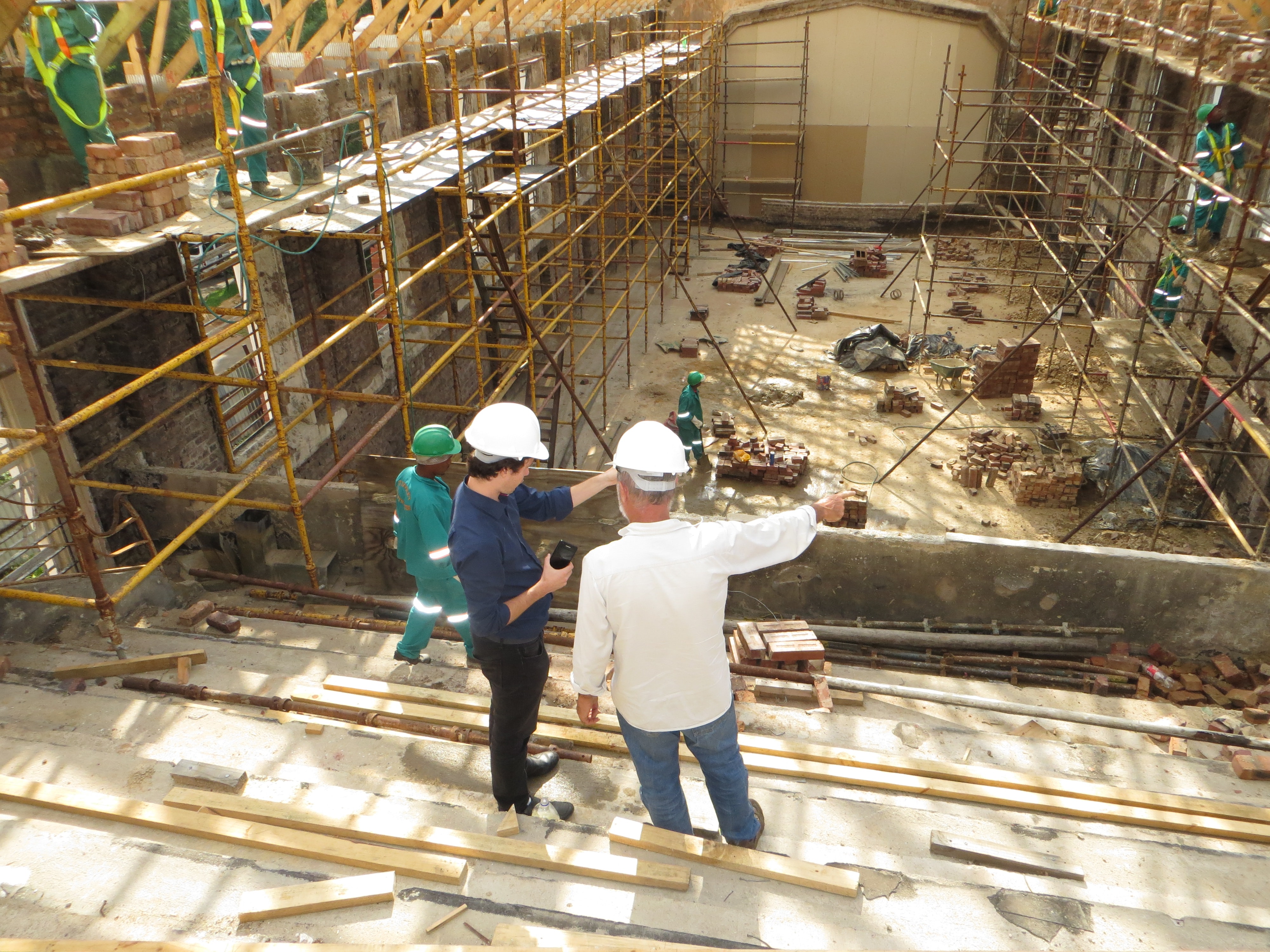The global modular construction market size is projected to grow from $82.3 billion (USD) in 2020 to $108.8 billion by 2025. The growth of this market is attributed to many factors including a need of more efficiency, price predictability, an increase in concern for work-zone safety, a need for greener forms of construction, and customizable options to suit developers’ needs. An increase in population and rapid urbanization offers opportunities for the growth of the modular construction market, as does the increase in needed healthcare facilities for an aging population. As the world evolves and construction needs change, modular construction buildings are equipped to handle a multitude of demands.
Tighten Timelines with Commercial Modular Buildings
Commercial modular buildings decrease overall construction timelines. By allowing for simultaneous building with other contractors and eliminating the chance of bad weather or remove the time constraint of shortened building seasons, there is an increase in efficiency. The industry has a vast procurement system thereby securing raw materials well in advance of construction at a discount compared to general construction. Manufacturing is completed indoors or under protective coverings, which removes a lot of the unknowns and uncontrollable situations between construction segments.
Energy Efficiency and Decrease Waste with Commercial Modular Building
Modular construction of commercial buildings uses off-site building tactics to improve a building’s insulation and seal. Modular building techniques also use less energy because workers can develop multiple projects in one place, removing the added need of travel and thus decreasing the carbon footprint of each building overall.
Additionally, they reduce material waste, improving efficiency levels by reusing damaged or unused components. Most building materials are housed in the construction facility, reducing overall transportation emissions of both materials and workers. Once engineers develop each module, they deliver the parts to the building site as larger wholes and continue to the build process on site. Modular building an also be relocated and reused, and even added onto, if needs expand.
Customizable Options and Space Utilization
From design to delivery, commercial modular buildings offer customizable solutions to every need. Uniquely designed for each build, space is utilized and created specifically for each need and project. Whether it’s added bathrooms, a tech lab, training facilities, etc., each building is custom. As growth continues, commercial modular buildings can also be added onto, making them unique and special for areas or facilities that find they need to expand later. Numerous options of flooring, roofing, and finishes, or specialized finishes for security, data connectivity, and technology can also be added.
As the world economy changes and the population grows, and their needs change, commercial modular buildings are uniquely equipped to handle the growth and development. Decreased costs and streamlined timelines, paired with customizable options and energy-efficient building practices and materials, modular buildings will fill a much-needed commercial development space. The growth of the commercial modular construction market will be supported by sustainable and attractive building options


